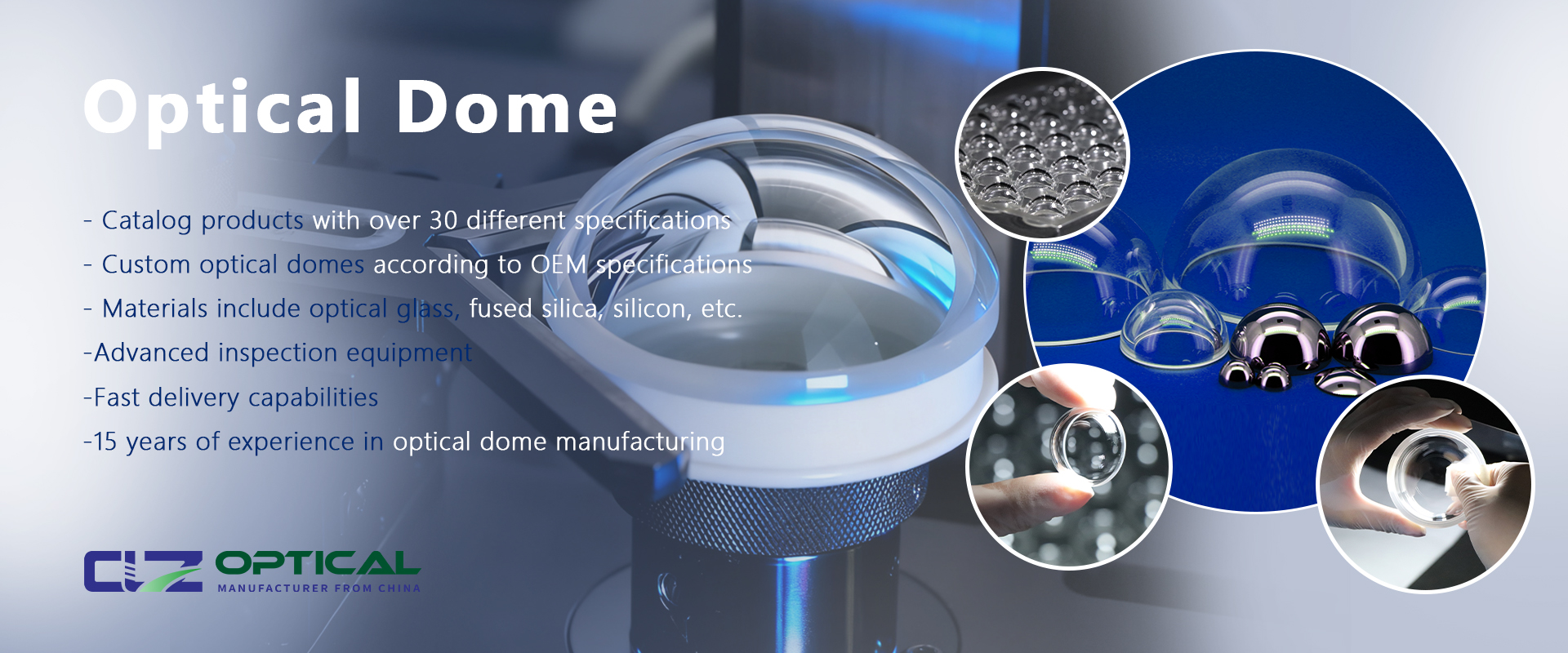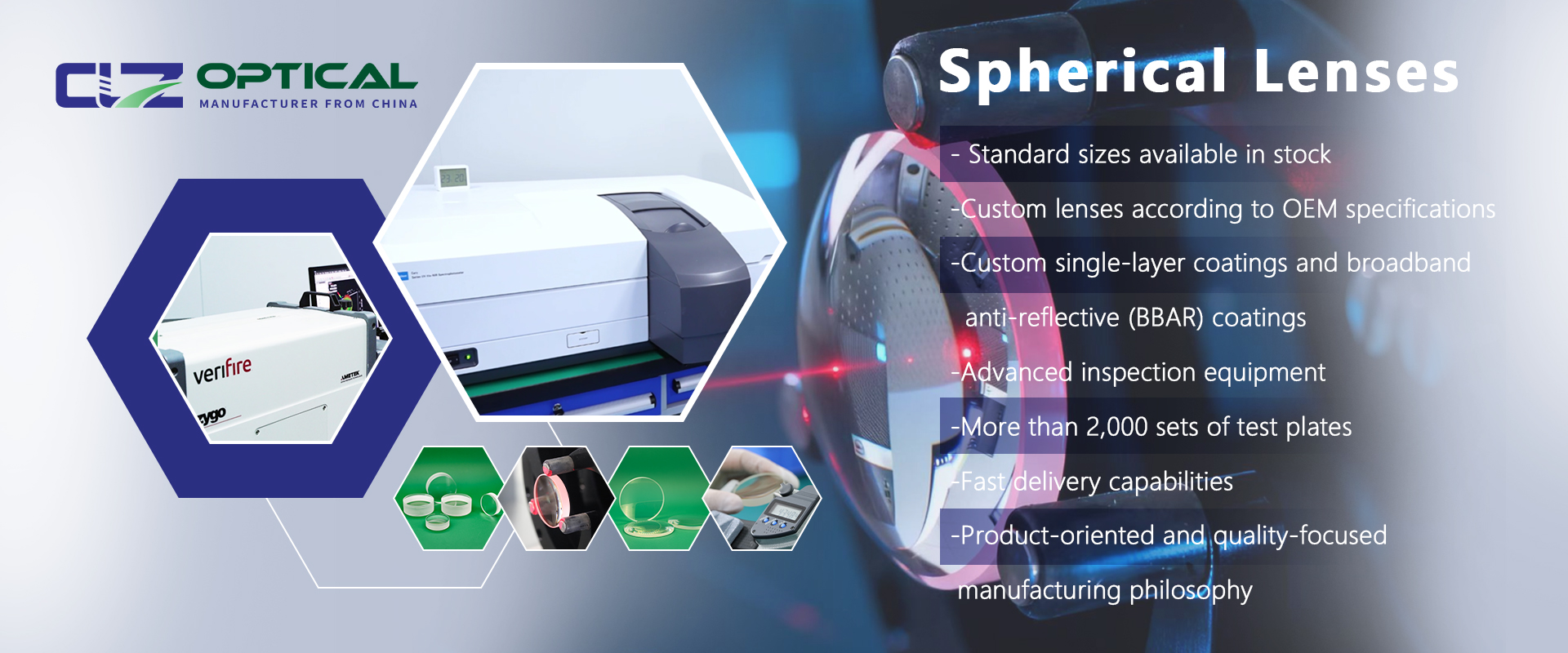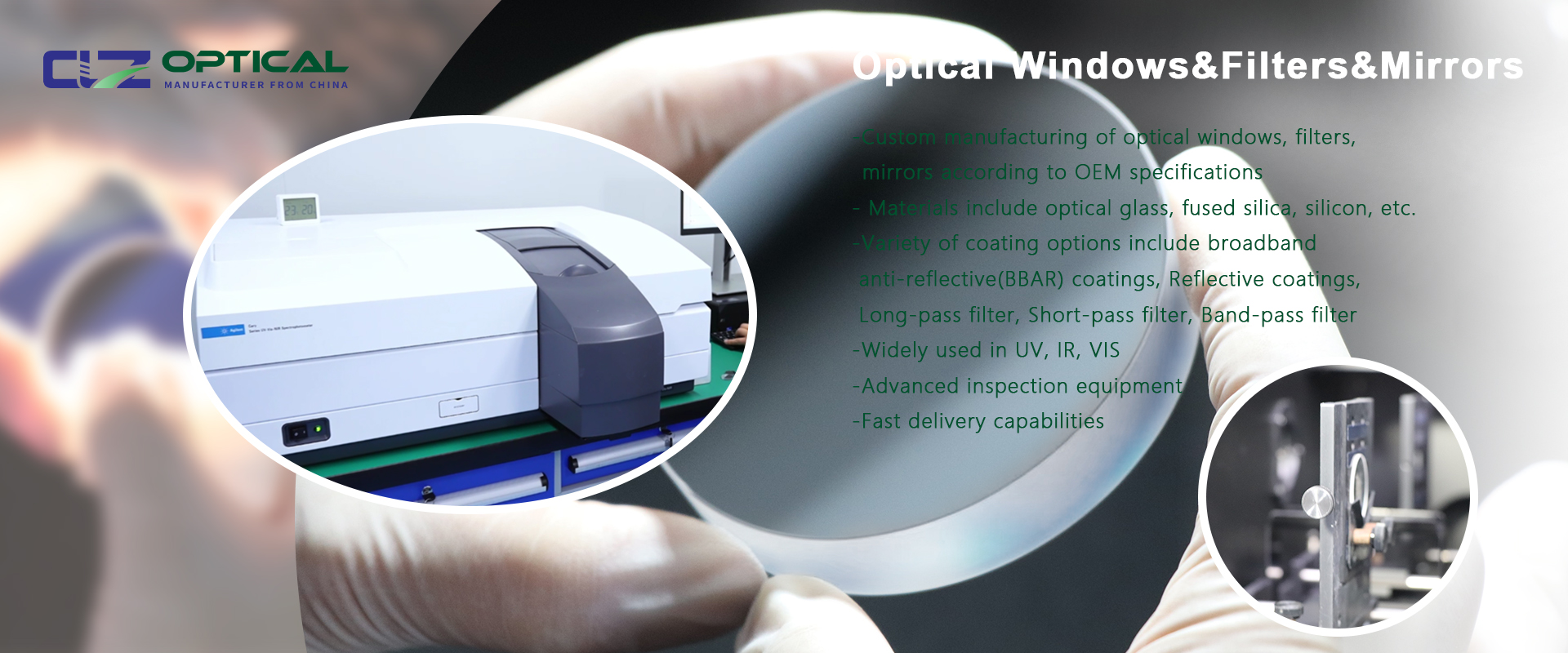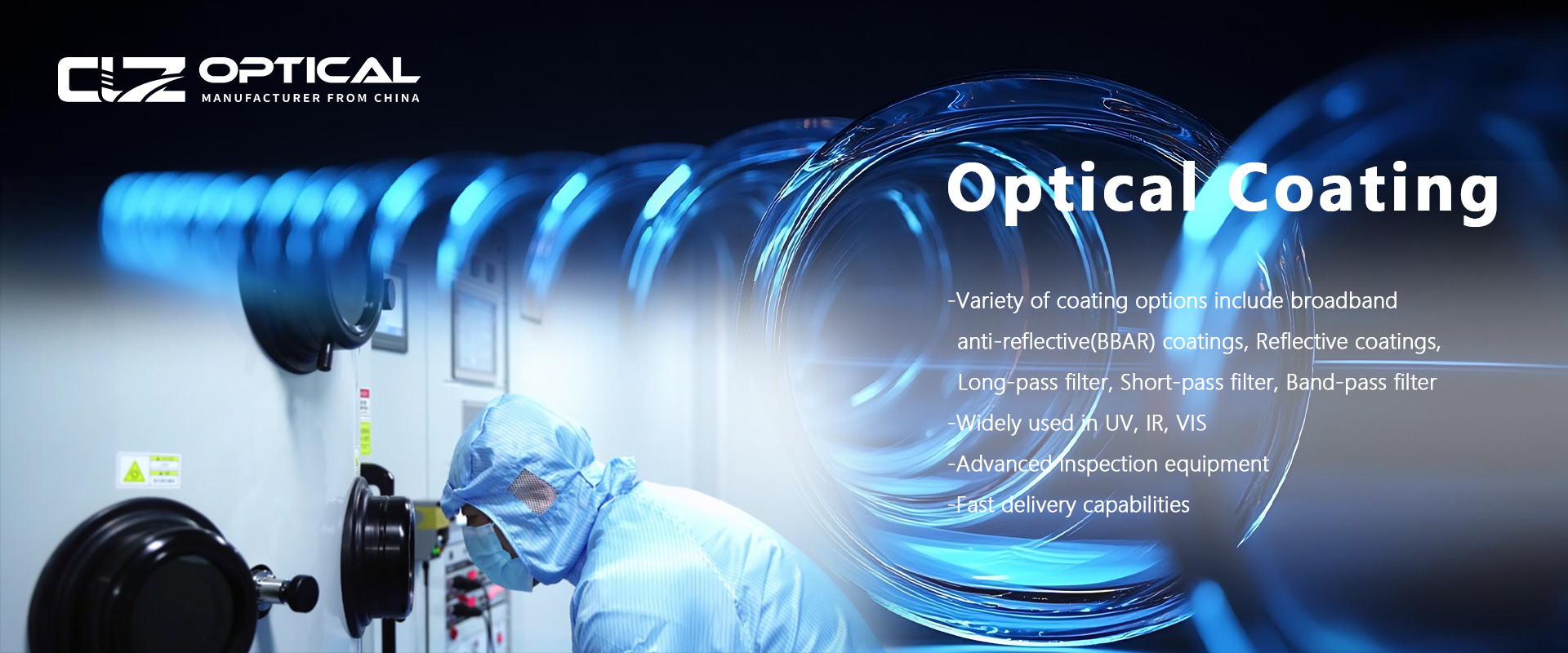Learn about the aquaculture systems industry
Nov. 12, 2024
Aquaculture is the use of aquatic waters for human consumption (including cultivation), according to the ecological habits of aquaculture objects and the requirements of the environmental conditions of the waters, the use of aquaculture technology and facilities, aquatic economic plants and animals engaged in aquaculture.
The water area is divided into marine aquaculture and freshwater aquaculture, depending on the area's nature. According to the objects of aquaculture and planting, it is divided into fish, shrimps and crabs, shellfish, algae, lotus, lotus root, etc. Aquaculture is the production business of aquatic economic animals and plants in suitable waters. It is an important part of fisheries. The period when humans engaged in aquaculture was later than the fishing industry, which harvested natural water resources. The emergence and development of aquaculture marks the enhancement of human ability to influence and control waters.
The aquaculture camera system integrates video surveillance and parameter monitoring, which is mainly used for real-time surveillance and parameter monitoring in aquaculture environments. The system realizes comprehensive monitoring of the aquaculture environment by deploying high-definition cameras and various types of sensors to ensure the stability of the aquaculture environment and the healthy growth of aquaculture organisms.
CLZ Optical Co., Ltd. produces optical domes for camera system aquaculture applications. Our main products are spherical lenses, optical domes, windows, mirrors etc.
CLZ, with professional optical technology and innovative service model, is committed to providing high-quality optical components and perfect solutions for various industries. Whether you are a scientific research unit, industrial manufacturing or optical instrument enterprise, we will be your trustworthy partner.
Since its establishment in 2012, CLZ has focused on the research, development, and manufacturing of precision optical components. It has become one of the world's leading suppliers of optical components because of its excellent technical strength and stringent quality control. To better serve our customers, we launched the new Online Stock product in 2024, which allows you to select and purchase high-quality optical components online anytime, anywhere to meet the needs of different industries and fields.
System Composition:
The aquaculture camera system is mainly composed of the following parts:
1. HD camera: used for real-time monitoring of key areas such as aquaculture tanks, oxygenators, feeding equipment, etc., providing high-definition video images.
2. Sensors: including dissolved oxygen sensors, PH sensors, temperature sensors, etc., which are used to monitor water quality parameters, meteorological conditions, and the status of aquaculture organisms.
3. Transmission equipment: Transmit the collected data and video to the data center through a wireless network or wired network.
4. management platform: process and analyze the received data through a cloud computing platform, provide an intuitive monitoring interface, support remote viewing, control breeding equipment, and other functions.
Application Scenarios
Aquaculture camera systems are widely used in various aquaculture scenarios, including but not limited to:
1. water quality monitoring: real-time monitoring of water quality in terms of dissolved oxygen, PH value, temperature, and other key parameters.
2. Feed feeding management: automatically adjust the feeding amount and management operation according to the growth cycle and current water quality condition.
3. Disease prevention and control: By monitoring the water quality and disease risk, take preventive measures in advance to reduce the occurrence and spread of diseases.
4. Remote management: Supporting multiple terminal access, farmers can view the real-time picture and data of the aquaculture site at any time and anywhere, and carry out remote management and operation.
In summary, the aquaculture camera system realizes comprehensive monitoring and intelligent management of the aquaculture environment through the combination of high-definition cameras and various types of sensors, which improves the breeding efficiency and quality of aquatic products.
Underwater camera, using high-quality cable for video transmission control line, plus control box and other equipment composed of the underwater camera system. Mainly used in oil, deep water exploration, underwater work, marine fisheries, aquaculture, and other underwater areas.




















